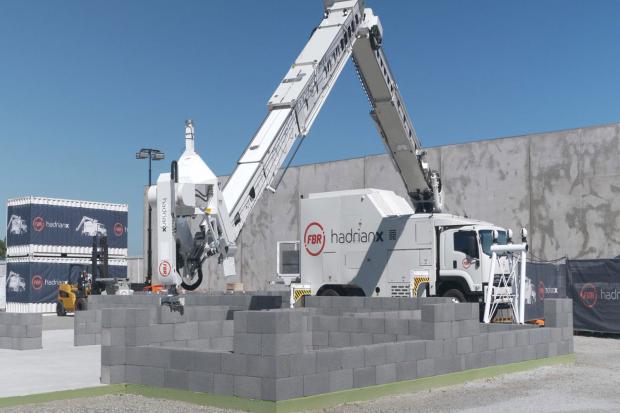
Breaking News
 Tucker shares 'backroom' info about brawl between him and Israel First crowd…
Tucker shares 'backroom' info about brawl between him and Israel First crowd…
 Why Isn't There a Cure for Alzheimer's Disease?
Why Isn't There a Cure for Alzheimer's Disease?
 US Government Revokes 80,000 Visas
US Government Revokes 80,000 Visas
 OpenAI CEO Sam Altman served legal papers during speech in dramatic on-stage ambush
OpenAI CEO Sam Altman served legal papers during speech in dramatic on-stage ambush
Top Tech News
 Goodbye, Cavities? Scientists Just Found a Way to Regrow Tooth Enamel
Goodbye, Cavities? Scientists Just Found a Way to Regrow Tooth Enamel
 Scientists Say They've Figured Out How to Transcribe Your Thoughts From an MRI Scan
Scientists Say They've Figured Out How to Transcribe Your Thoughts From an MRI Scan
 SanDisk stuffed 1 TB of storage into the smallest Type-C thumb drive ever
SanDisk stuffed 1 TB of storage into the smallest Type-C thumb drive ever
 Calling Dr. Grok. Can AI Do Better than Your Primary Physician?
Calling Dr. Grok. Can AI Do Better than Your Primary Physician?
 HUGE 32kWh LiFePO4 DIY Battery w/ 628Ah Cells! 90 Minute Build
HUGE 32kWh LiFePO4 DIY Battery w/ 628Ah Cells! 90 Minute Build
 What Has Bitcoin Become 17 Years After Satoshi Nakamoto Published The Whitepaper?
What Has Bitcoin Become 17 Years After Satoshi Nakamoto Published The Whitepaper?
 Japan just injected artificial blood into a human. No blood type needed. No refrigeration.
Japan just injected artificial blood into a human. No blood type needed. No refrigeration.
 The 6 Best LLM Tools To Run Models Locally
The 6 Best LLM Tools To Run Models Locally
 Testing My First Sodium-Ion Solar Battery
Testing My First Sodium-Ion Solar Battery
 A man once paralyzed from the waist down now stands on his own, not with machines or wires,...
A man once paralyzed from the waist down now stands on his own, not with machines or wires,...
Bricklaying robots can now build tennis-court-sized walls in 4 hours

We've had our eye on this Australian bot since it was an excavator-mounted prototype back in 2015. Even then, it was capable of laying the brick framework for a full-sized home in about two days – some 20 times faster than human bricklayers, according to Fastbrick Robotics, now known as FBR and the creator of the robot.
Now, in 2023, it's starting to roll out commercially. FBR has built its first "next gen" Hadrian-X system, and last month it set a new speed record on its first outdoor test build, demonstrating a sustained rate over 300 USA-format masonry blocks per hour on a testing and calibration run.
Extrapolate that rate to the largest blocks it can handle – 45-kg (99-lb) monsters measuring 600 x 400 x 300 mm (23.6 x 15.7 x 11.8 in) and you're looking at a machine capable of putting down some 70 sq m (753 sq ft) of vertical wall every hour – that's about a quarter of a tennis court. Oh, and FBR actually expects it to get a lot faster; its rated top speed is 500 blocks per hour.
Arriving on site, the Hadrian X is operated by tablet, and will lay bricks with precision according to a CAD plan. Workers feed masonry blocks into the back of the truck by the pallet load, whereupon "dehacker" robots unpack them and cut them to size if necessary using a circular saw.
Then they're sent one by one down the middle of the boom arm on little shuttles, painted with a special construction adhesive in place of mortar, and laid down in place, where they're dry and secure within 45 minutes.



